Wrath of Ashardalon Reviewed
July 23, 2011 by brennon
I started off my love of Dungeons & Dragons with the board game from the 90′s. To this day, me and my group have not completed that game despite claims by many that it is one of the easiest D&D games out there! We think we must have been doing something wrong! However, I still remember how fun it was playing with all the plastic miniatures and through an entire dungeon in the space of a few hours. So, when I picked up Wrath of Ashardalon I was reminded of those good times; but the icing on the cake here is that the game is really, really damn good!
Components
The Components in Wrath of Ashardalon are vast in quantity. You have tokens for everything you could think of, including health points, monster wound markers, traps, treasure and everything in between. Its great to see that Wizards of The Coast thought of this since one of their previous games (Inn Fighting) was lacking in basic components. The components come on about 13 huge thick boards and are of nice quality and not flimsy in the slightest. These tokens are meant to be used over and over again and will not be falling apart of snapping any time soon.
As well as the smaller tokens there are a vast amount of puzzle like dungeon tiles. These are similar in look to the tiles you get from packs for the actual roleplaying game, with nice detail and they fit together perfectly – and unlike another one of Wizards of the Coast's games (Betrayal at House on the Hill) they are not warped! Its refreshing to have a game where the tiles that you play on will essentially be different every time you play as well. With the way the game works, you take tiles at random mixing up the dungeons through various cards and actions before finding your end tile and either escaping a dungeon or fighting against the big boss – its like Diablo on the table top!
You also have a wealth of nice, glossy and hard wearing cards to play with too. These cover heroes powers, treasure, monsters, encounters, enemy specific attacks and plenty of other things in-between including NPCs. These are nice, and can suffer a bit of bending and throwing around and certainly wont rip. They also are incredibly colourful and the text on them is written clearly and with everything in mind, you really won’t go wrong with them as gaming aids.
The biggest plus of the components, and one I haven’t mentioned yet are the amazingly well sculpted miniatures. Yes, as the front of the box shows you get a blooming huge dragon! As well as this you get all kinds of monsters from the manuals of the main game – most you would rarely see in typical games, and of course some amazingly well made hero miniatures as well. The difference in quality here between what Wizards of The Coast was producing before, and what they are now through these games is amazing and they really do look the part. They also are detailed enough to paint them – and I think I will be doing that at some point.
Gameplay
I will give you a quick run down of the rules now – and really, once you have played one or two games the rules come to you insanely quickly and you won’t be referring back to the manuals at all after a while.
The game is split up into three phases. The Hero Phase, The Exploration Phase, and the Villain Phase. In the Hero phase you can choose to do three main things. Move and Move again – Move and end next to a tile edge – or Move and Attack. If you choose to Move and Attack then you simply move next to the monster and like all D&D games roll a d20 and choose which power you want to use. There are other cards and powers you can play during this period which can heal allies and move monsters about, but essentially it boils down to those choices.
Now, if you moved during your Hero Phase to the edge of a tile you enter the Exploration Phase. At this point you take a tile from the top of the stack and put it down with the arrow on each tile facing away from you, joining up the tile as sensibly as you can. Once this is done if the tile has a ‘Scorch’ mark on it you draw a monster card from a deck to the side and put that monster down on that tile – you keep that monster card next too you.
There are some difference to this sequence however. If you draw a tile with a black arrow on it you also have to draw what’s called an Encounter Card. An Encounter card can vary in type from an immediate attack, an ongoing trap, an environment card (something like lava dripping walls) or even cards which summon more monsters to the area or reveal new tiles immediately. This means in essence you NEVER have any down time while you are walking through a dungeon. You will also be drawing an encounter card if you DID NOT reveal a new dungeon tile that turn, so you can end up with a lot of things all going on at once; but thankfully its not too hard to manage.
After this Exploration phase, in initiative order you resolve the monsters attacks. On each card it shows you what monsters will do on a given turn, and in what situations so its incredibly easy to follow. Despite the fragility of some of the foes you face they can do some serious damage if you don’t work out a plan of attack. The game really emphasises a focus on teamwork and without it you really will not survive. Once all monsters have attacked, it goes back to the Hero phase and starts all over again.
Now, the important stuff of combat and of course winning and losing! If you fell a monster you get to draw a treasure card and add it to your characters tableau, and by Avandra you will need them. When I was playing the solo adventures, the armour and weapons I discovered while deep in the dungeon saved my life and got me out of there. But yes, onto winning and losing. Winning is simply a case of fulfilling the adventures parameters. This could be destroying a boss enemy and getting out of a dungeon, or simply slaying a certain amount of foes. Dying is just as simple. You start the game with two healing surge tokens. At the start of a Hero phase if your hero has been felled by an attack and you have one of these tokens free then you use it and apply the healing surge value, standing back to your feet. HOWEVER, if you have NONE of these tokens left and your hero was downed last round that’s it, you ALL lose. I did say teamwork was a big part of this!
The Downside?
As good as this game is, there is a few things that are a bit lacking. The rulebook while glossy and packed with information sometimes does not explain the rules very well. The basics are there, but you have to use your own intuition to deal with a few of the problems that come up. It never explains what a few of the tokens even do and I had to figure that out by simply playing the game. There are a few other things that the book doesn’t cover, but with common sense I was able to work out what they wanted me too do. While this is fine, for younger players it could get incredibly confusing and end up scratching with them heads for a while. There is an FAQ on the back of the rulebook, but it doesn’t cover everything you will be wondering, trust me.
The heroes. While the heroes are very nice and the characters are pretty original I feel like the game could have done with a few more of them to spice up the different adventure parties you could have. Yes, you can use the heroes from the previous Castle Ravencroft game but as some have pointed out there isn’t much difference. You can get some community made heroes from various forums and they are very good and come with well made .pdf prints and model suggestions but its something I would have thought Wizards of the Coastwould have thought about.
Conclusion
Summing up, Wrath of Ashardalon is pretty amazing. Its certainly made a lot more appealing to most average D&D players by the sheer simple fact that it includes a dragon with the box. It plays like a simple version of a proper campaign and it will be a fantastic addition to the collection of any veteran D&D players and new people coming into the hobby for the first time. Once you have got through the first few niggles concerning the rulebook and clarified some parts of it for yourself you can sit down and have a very enjoyable Dungeon Crawling game going with a pretty good story behind it too.
Running time:
Solo Adventure (1h to 1h 30mins) 2 to 5 Adventures (2h to 3h)
Quality:
5/5
Gameplay:
4/5
Have any of you picked up Wrath of Ashardalon and if so what are your thoughts on it? Maybe you picked up Castle Ravenloft or plan to go for the upcoming Legends of Drizzt game instead?
Supported by (Turn Off)
Supported by (Turn Off)
Supported by (Turn Off)





























![Make Your Own Star Wars: Legion Heroes! Rebel Agent & Officer Set Review [7 Days Early Access]](https://images.beastsofwar.com/2025/12/unboxing-atomic-mass-games-star-wars-legion-rebel-alliance-agent-_-officer-coverimage-225-127.jpg)


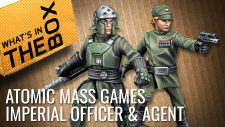
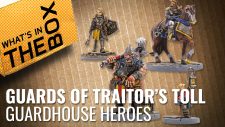
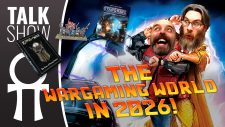






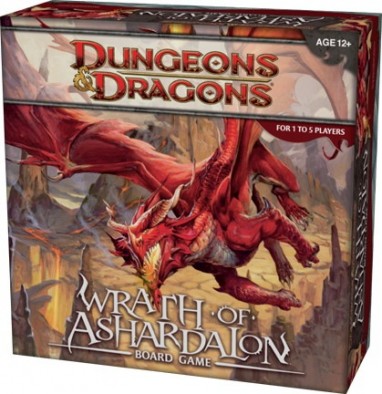

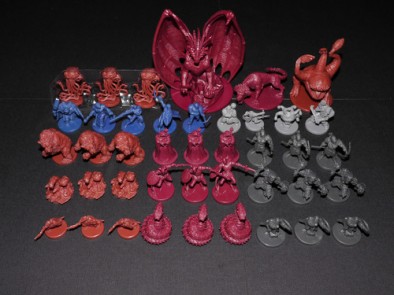
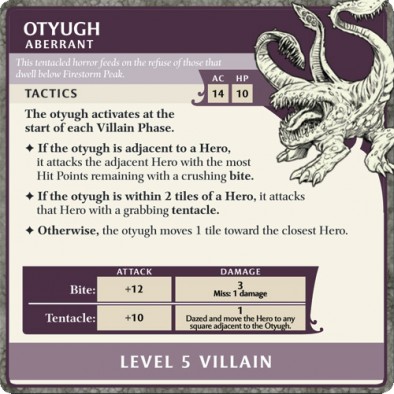
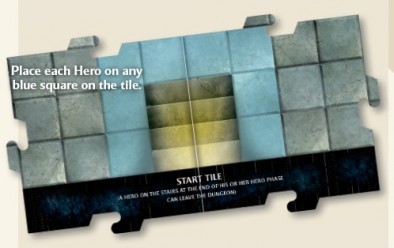




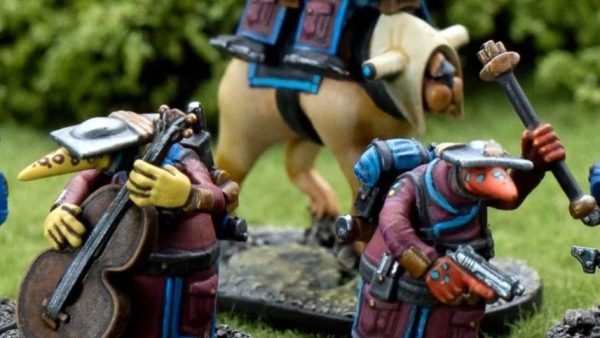
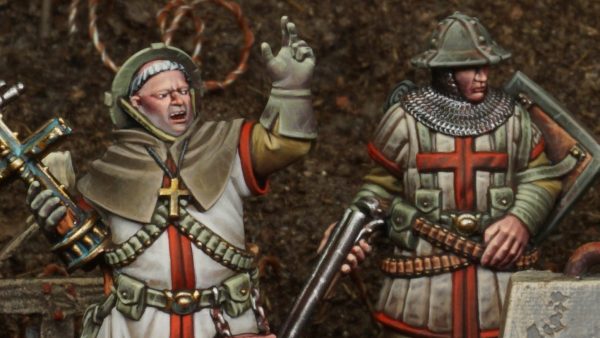
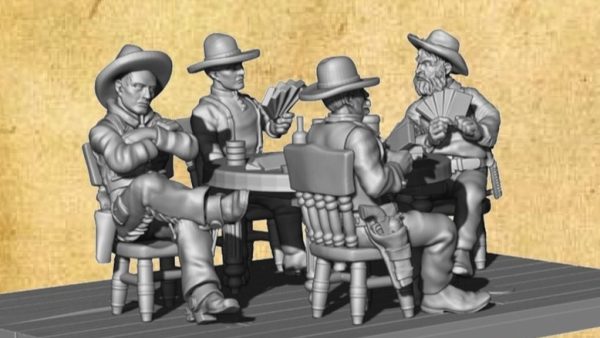
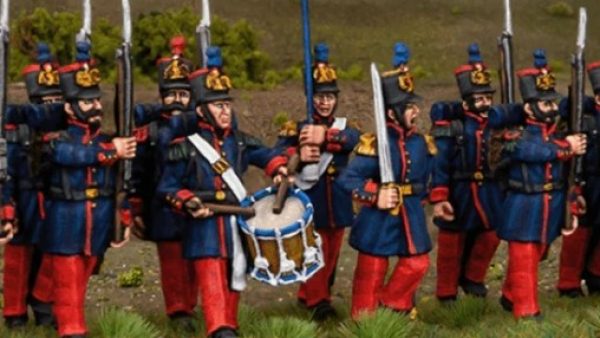

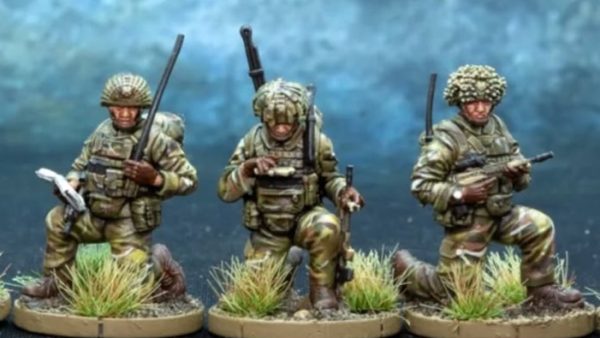

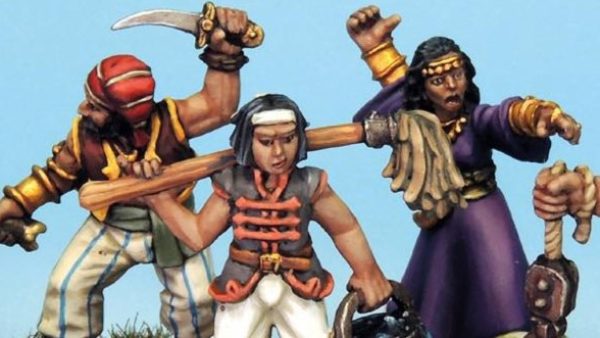
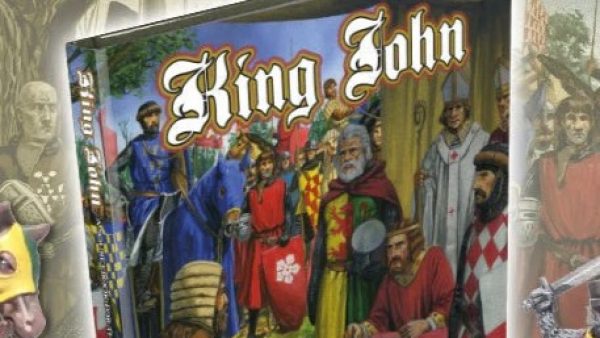
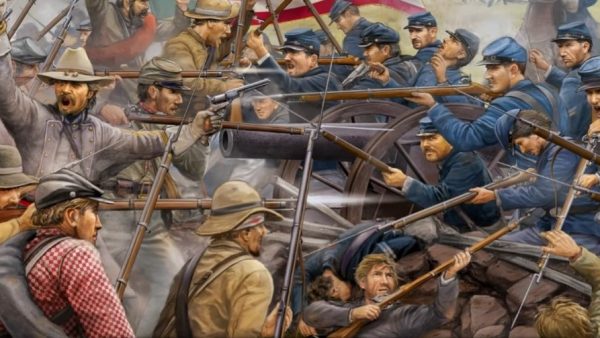




















Thanks for the review-
i spot some pre paints being reused here for the minis. You mention solo, now thats always interesting. Ill have to keep one of my eyes on this (basically i think i need about 22 eyes to keep track of all the things i like the look of)
all of the minis in this game and the Ravenloft one are reused from old figures. It keeps the cost of game development down as WotC already had the expensive plastic moulds for the models. These games are also great for people that want to play D&D with minis but dont want to pay the inflated ebay prices for singles.
Yep very true Bloodwin. You get so many strange creatures that you just couldn’t proxy well unless you were going to pay that extra bit of cash like you say.
Yeah I posted a review of this over a week ago on my blog:
http://thefrontlinegamer.blogspot.com/2011/07/review-dungeons-dragons-wrath-of.html
if anyone is interested.
I have and play Castle Ravenloft quite regularly as I love a good dungeon crawl. The miniatures paint up really nicely too. Add to that a pretty decent price tag of about £45 (there’s a lot of stuff in the box) there’s not a lot to complain about.
Like another dungeon crawl game that also has had a second box set released 😉 the D&D Adventure Games are stand alone rather than add-ons (although I believe Wrath adds treasure cards into the mix). What is needed is a full campaign/roleplay system. Hopefully box three – Drizzt – will rectify this.
Highly recommend (but based on experience with Castle Ravenloft)
I don’t think the board game needs a campagin/rp expansion. It’s fine as it is and there’s nothing to stop players taking their characters and treasure from one game to the next. The problem with rp is that there’s no dungeon master – all players play the monsters they pick. These games work really well as a stepping stone to the Essentials line of D&D 4th edition and appeal to players who want their own character for a dungeon brawl but don’t want to get into the amateur dramatics of roleplaying games.
At first I was interested in this product, but after a few reviews and unboxing vids my interest declined a lot. The dungeon tiles are dreary as heck, and the minis are reprints of the D+D mini lines, and you can find those by the sack in some stores. When taking the D+D rules and turning them into a new beast, I just find it looks and feels thin and uninspired. I have played a few games of D+D Minis rules it lost me. This is board game, yes, but there’s a bunch of those that do it more effectively with settings way more interesting than good old D+D.
Sorry to be a negative nelly, but this is a game I’m not “sold” on yet… and I stood in the local games shop, holding it and weighing my options a few times. I will be interested to see how Drizzt adventures turns out, as it will have a lot of feedback incorporated from these games, and probably be heroic as heck… it’s Drizzt!
they could have made more divers ground tiles in my opinion. other than that it looks pretty solid .
I agree with you about the floor tiles and components in general being a bit bland. I thought in Ravenloft it was sort of excusable but this is suppose to be a dragons lair. Doesn’t feel or like like one to me and the monsters are too random as well and don’t fit as well with the teme of the red dragon as Ravonlofts baddies fit with the vampire theme. Just not as cohesive a product as the first D&D Adventure System Game.
Haven’t played DnD for many a year, and ok I know this is different but it actually looks like a reasonable idea for a birthday or Christmas present as the boys were looking at DnD at the club this last week. On top of that I can actually buy it cheaper here in Aus than the UK and for less than a box of figures from GW.
I think you can never have too many games of the 2-3 hr variety in the house.
Its a nice entry into the world of D&D. I have been playing it with some 10/11 year old’s at a school club and they got it incredibly quickly and they enjoyed it no end. It has monsters, heroes and plenty of magic and items to make them happy and of course provides a challenge and encourages teamwork as they play.
We did start off making it easier for them with three healing surge tokens instead of two, but they were soon onto the two and fighting through the different adventures – they even beat Ashardalon himself last week which was good for them.
where can i buy this?
Can get it from most gaming/dork/geek stores…have seen it in Forbidden Planet too, and can get it offline from a lot of sites too.